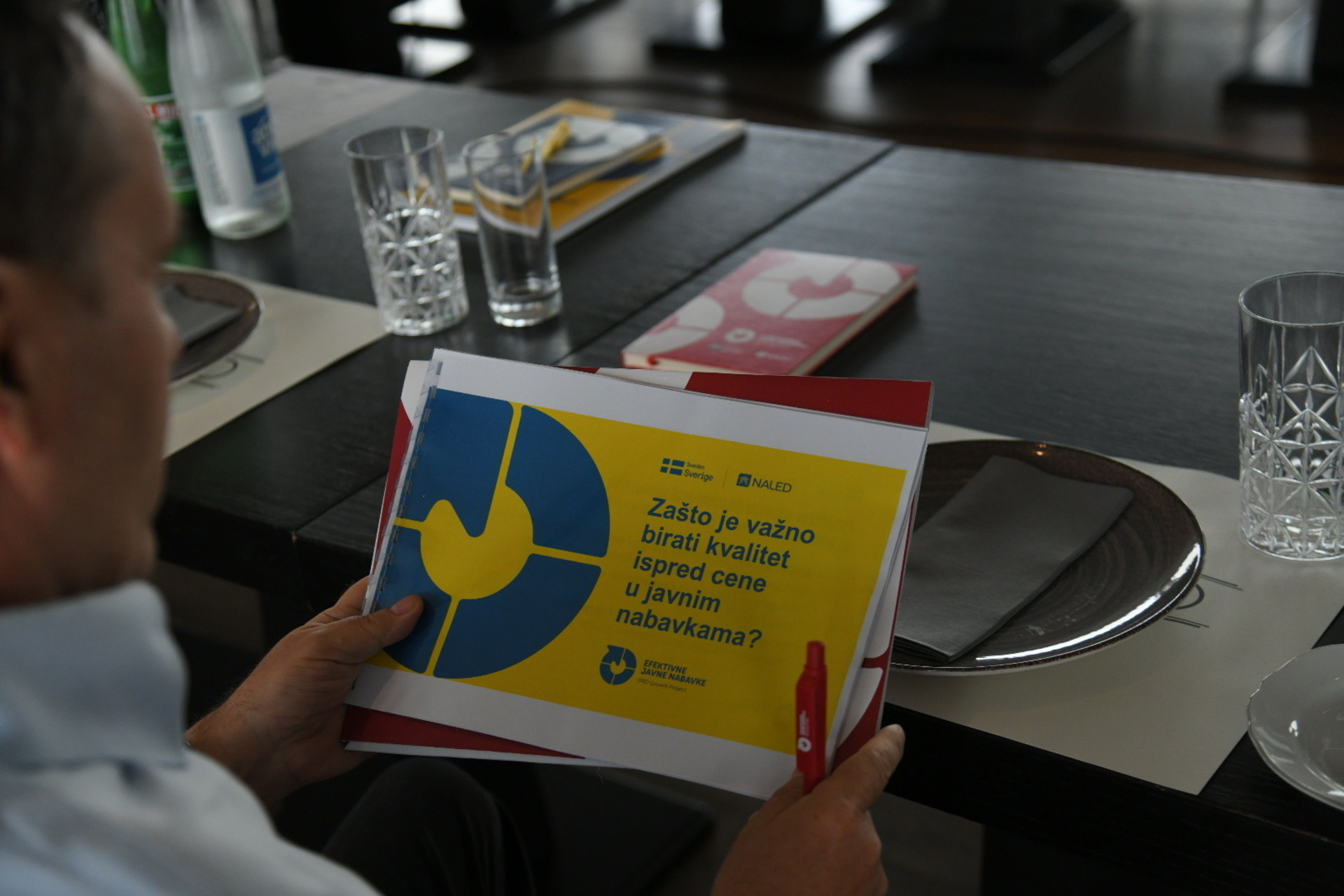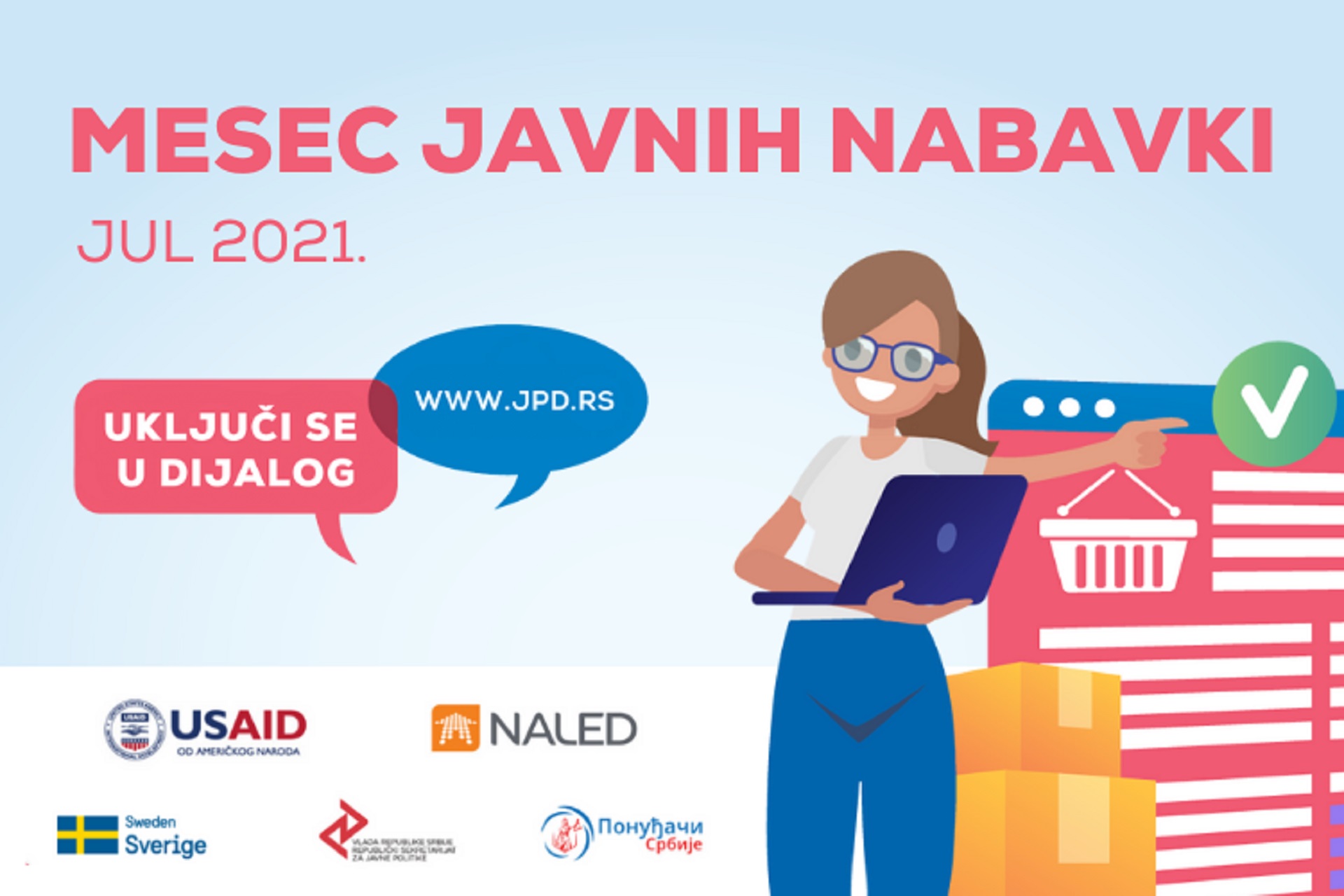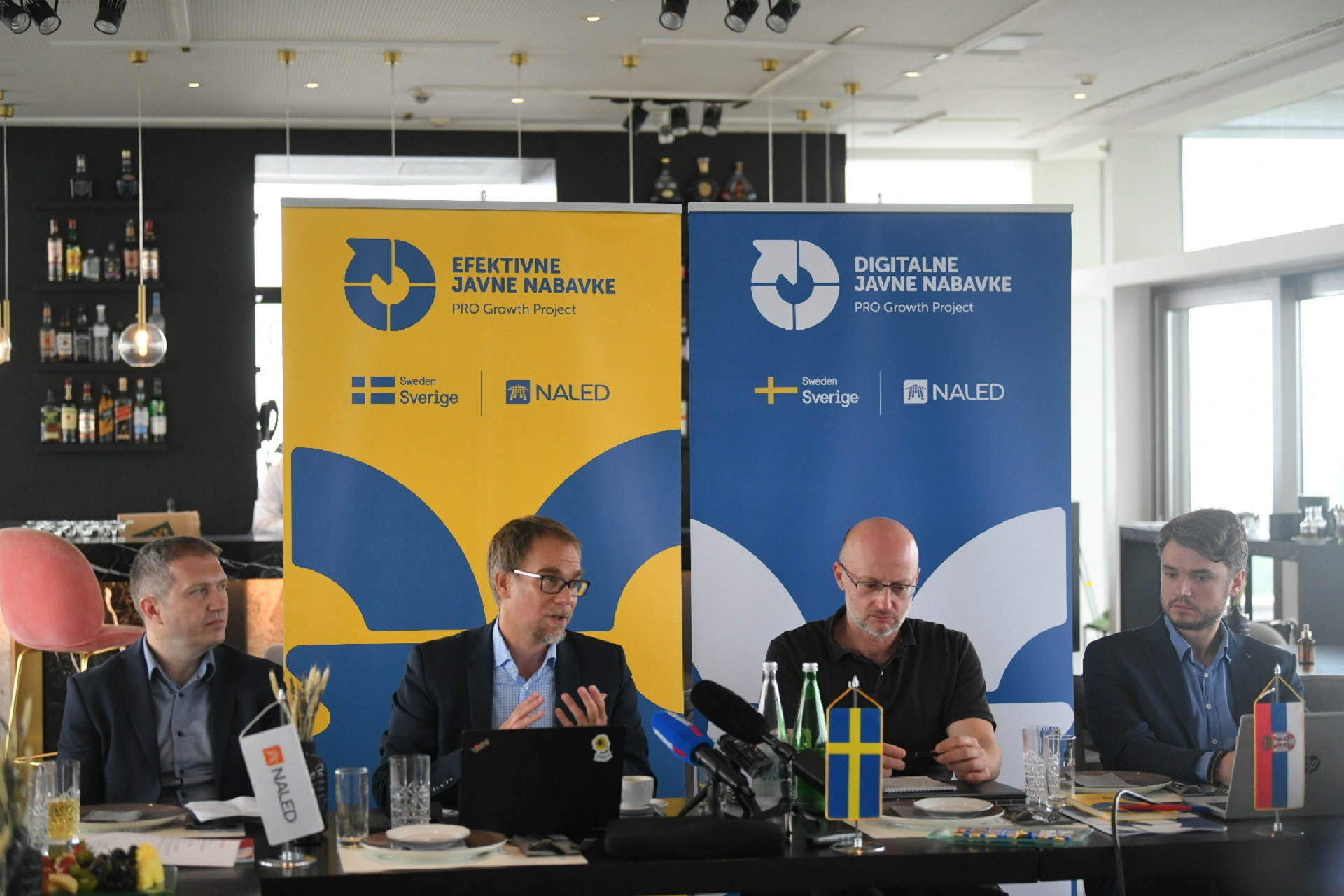Where do we stand three years since the new Law on Public Procurement?
The Law on Public Procurement, when it was adopted, was harmonized with the principles of the European Union and, together with the new electronic portal, was assessed as a good step towards strengthening competition and introducing more transparent procedures. The main challenge, three years later, remain large infrastructure projects that are often exempted from the application of this law through interstate agreements and special laws, where contractors and suppliers are selected directly, without competition.
The good news is that a little more than a month ago, after the European Commission's objections, the repeal of the Law on Line Infrastructure was announced. However, according to Nemanja Nenadić, Program Director of Transparency Serbia, agreements between countries and special laws passed for individual projects still leave enough room for the most valuable jobs to be awarded without a tender.
- These agreements and laws have greater force than the current Law on Public Procurement. It was expected to make it easier to submit bids and thus lead to stronger competition, but so far this has not happened. According to the latest report of the Office for Public Procurement, the average number of offers is still 2.5 per procedure, and in more than 50% of cases only one bidder appears. The annual reports of the European Commission also confirm that Serbia has not made progress in this field. This tells us that it is necessary to invest significantly more effort in order for businesses from the country, the region and the EU to be assured that it is possible to win the tender even without prior agreements - says Nenadić.
The position of the Transparency Serbia organization is that a prerequisite for gaining such trust would be effective punishment of at least those abuses that have been discovered. The Office for Public Procurement covers a small part of the procedures with its monitoring, and there is still no data on the extent to which the budget inspection supervises the execution of procurement contracts. Also, public prosecutors are reluctant to decide to prosecute the crime of "abuse in connection with public procurement", pointing to inadequate wording, which is why the upcoming changes to the Law should be used to eliminate all the shortcomings that have been shown in practice.
- The current Portal has brought significant improvements, but it has left us without some information that was previously available, such as tender documentation for the negotiation procedure. There is also a need to publish many other data, especially in connection with procurements that remained below the threshold after the adoption of the current law - concludes Nenadić.
According to the report of the Office for Public Procurement, 251,949 contracts were concluded in 2022, the total value of which was 662,705,511 billion dinars. The share of purchases in GDP exceeded 9% for the first time, which was caused by higher consumption of electricity, gas and electricity imports, and additionally by the fact that after two pandemic years, the contracting authorities were able to realize regular purchases.
In order to introduce a more efficient use of public funds, NALED, with the support of the Swedish Agency for International Development and Cooperation (Sida), has been working on improving the system for the third year. The focus is on strengthening the application of quality criteria and setting them in such a way as to encourage competition and reduce the share of procedures in which the lowest price is the only criterion for awarding contracts, which was recorded in 96% of cases last year.
According to NALED's research, 33% of the contracting authorities believe that procurement based on quality is risky, and 29% of them said that they do not have a model based on which they could determine the criteria, which is why the new project of NALED and Sida "Public procurement and good management for greater competitiveness", dedicated to the introduction of green and social criteria, as important in evaluating bids and awarding jobs.
At the initiative of NALED, since last year the Office for Public Procurement has included for the first time the monitoring of the use of ecological and social criteria, and the figures show that respect for these aspects is increasing. Thus, 106 social procurements were registered last year, mostly in the construction and reconstruction of buildings, parks and markets and street maintenance, and the application of green criteria jumped from 650 procedures in 2021 to 1,111 last year. Nevertheless, in the total number, ecological procurement still makes up an insignificant share of 0.44%, and the recommendation of NALED and Sida is to introduce cases in which the application of these criteria will be mandatory.






